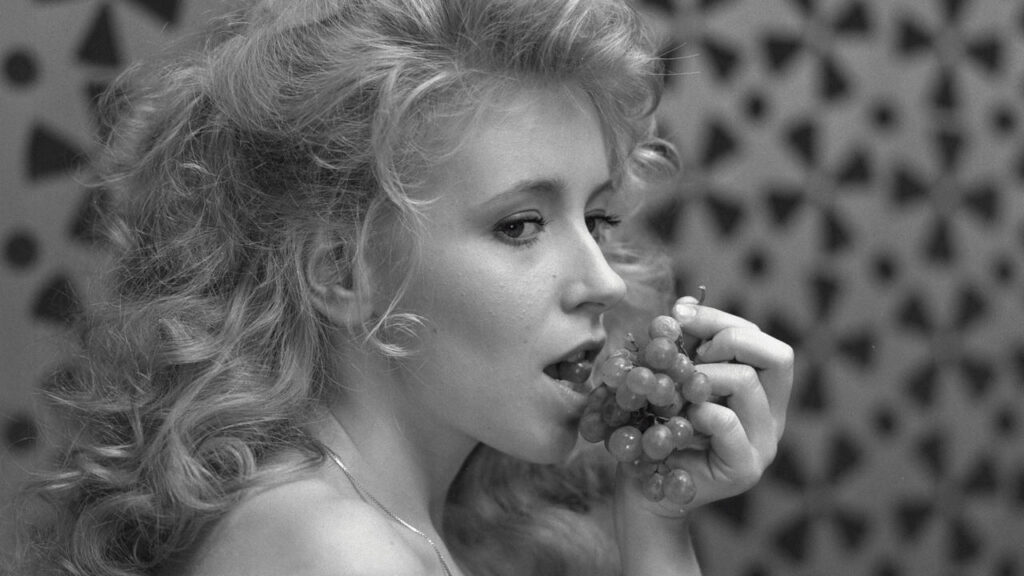
Just as the Berlin Wall was coming down, Ildikó Enyedi’s film My 20th Century (1989) imagines a late nineteenth century where technology brought the stuff of dreams and fairytales into reality. Enyedi’s film is a portrait of hope that within this intersection of science and magic the utopia of our collective dreams could gain some foothold on the world through individual acts. This was a potent message during the twilight of the Soviet era that seems even more relevant today.
On the sleeve of the Kino-Lorber home video release of My 20th Century there is a quote from critic J. Hoberman that states that My 20th Century predicts Wes Anderson’s The Grand Budapest Hotel (2014). Even though I am an admirer of Hoberman’s work, my disdain for Wes Anderson’s pretentious style and lack of substance kept me away from Enyedi’s film for a long time. The reality, however, is that Anderson, in his usual fashion, borrows a lot stylistically from a filmmaker without seeming able to understand the film he’s borrowing from in any respect. Comparing My 20th Century to The Grand Budapest Hotel is like comparing James Joyce’s Ulysses to E.L. James’ Fifty Shades of Grey.
My 20th Century is a film of wonderment and euphoria where the loose narrative is prone to asides that celebrate rather than elaborate a theme. One of the most intoxicating instances of this comes early in the film where a dog in a laboratory is shown the cinema and makes his escape into the world. The reality recorded by the cinema inspires the dog, sending him off zig-zagging all over the countryside to see for himself what the movies had promised. This dog could be anyone or everyone; the dog is the raw animal instinct of nature moved by the invention of the greatest fantasy that mankind has ever produced.
The dog’s encounter with the cinema is kismet. Kismet is the narrative theme of the film wherein serendipitous encounters and synchronistic events steer history, invention, identical twins and a handsome man forward into the twentieth century. Dóra and Lili (both played by Dorota Segda) are twins separated as children; Dóra grows up to be a posh grifter while Lili becomes an anarchist. As they drift in and out of each other’s orbits as adults without actually reuniting they each form an attachment to Z (Oleg Yankovsky).
Ildikó Enyedi defies narrative convention and subverts structure by insisting that her cavalcade of fantastic images follow a kind of dream logic. My 20th Century is like a mood piece but where each shift in mood becomes a shift in political theme. Euphoric moments are almost always associated with themes of universality while suspenseful moments (Lili’s attempt at assassination) deal with justice. Enyedi isn’t interested in the concerns of polemic politics, but rather the fundamental notions of morality that inform those politics.
The title My 20th Century suggests the hope for a better future (at least from the perspective of Dóra and Lili). But this title could easily be referring to Enyedi’s prolific influences that have made for an abundance of intertextuality in My 20th Century. As Enyedi celebrates the future she also celebrates her cinematic heritage with nods to Marcel Duchamp, Orson Welles, Jean Cocteau, and Max Ophüls; to name but a few. My 20th Century takes these works by male artists and reconfigures them as an apparatus of female expression that propels the medium of film forward from 1989 to 2022 and beyond.
